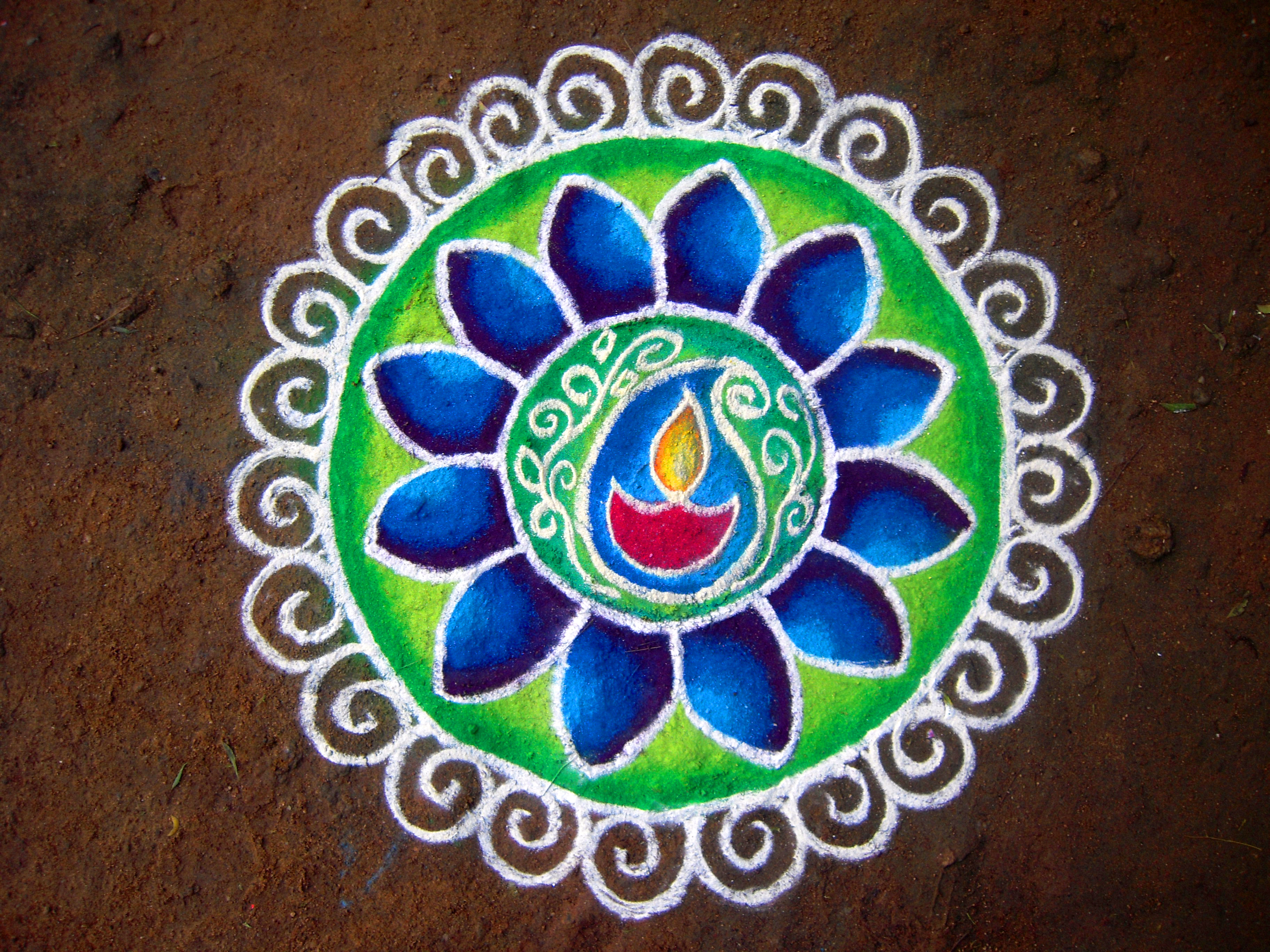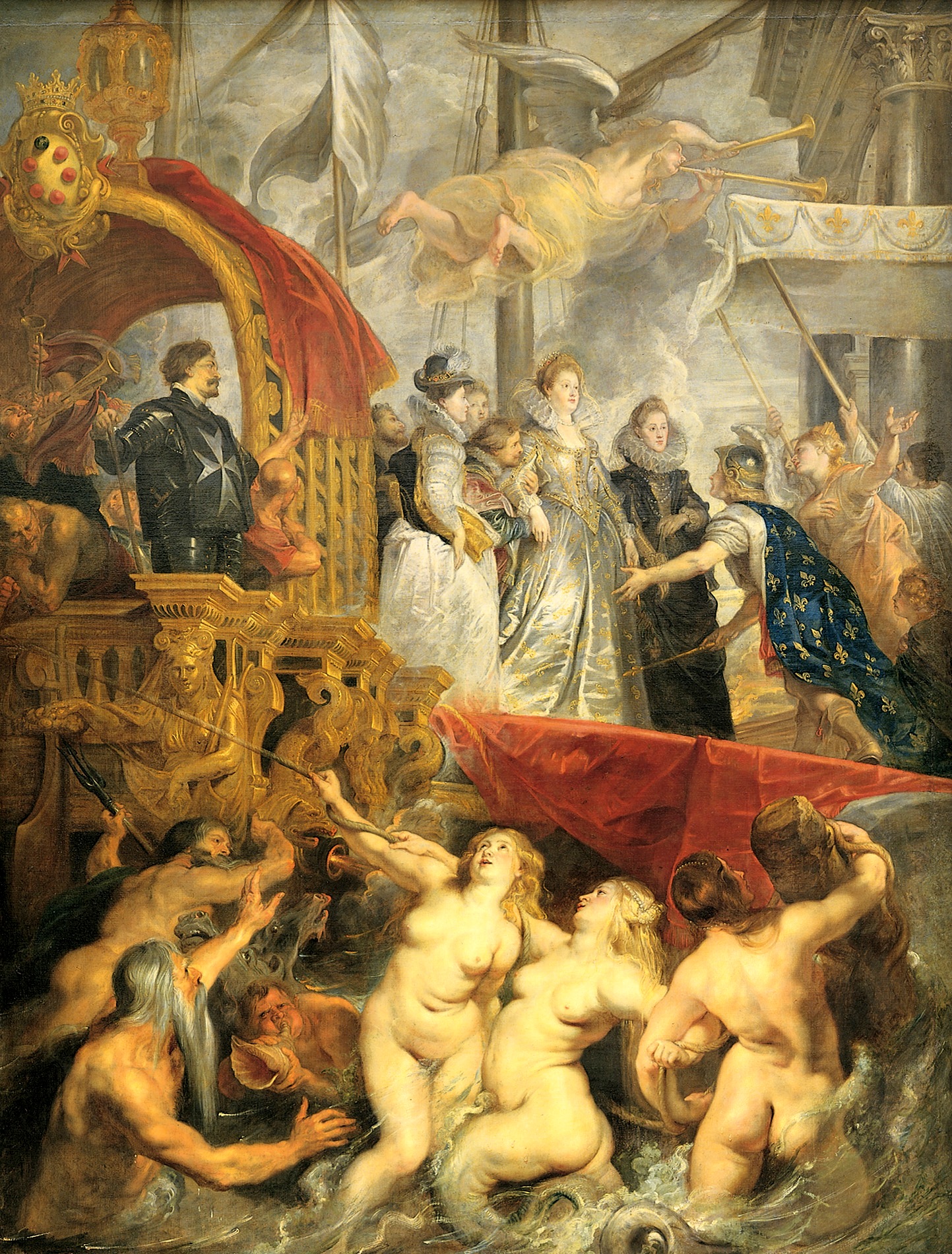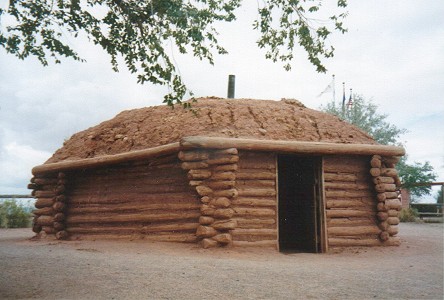|
Apie Begay
Apie Begay was a Navajo painter and artist in the early 20th century who resided and created art near the Pueblo Bonito trading post in the western part of present-day New Mexico. He is considered the first Navajo artist to create works with European-style materials such as crayons and colored pencils. Begay's work has been published widely and is in the permanent collections of institutions including the Museum of New Mexico and the Fred Jones Jr. Museum of Art. Life Begay's birthdate is unknown. His name Begay Apie means "Son of Milk." In 1902, anthropologist Kenneth M. Chapman visited the Navajo region and heard about a man "who does nothing ... for he is an artist." Chapman was intrigued and sought out this artist, eventually finding Begay in his hogan using red and black pigments to recreate spiritual Navajo sandpainting Sandpainting is the art of pouring coloured sands, and powdered pigments from minerals or crystals, or pigments from other natural or synthetic sou ... [...More Info...] [...Related Items...] OR: [Wikipedia] [Google] [Baidu] |
Navajo Nation
The Navajo Nation ( nv, Naabeehó Bináhásdzo), also known as Navajoland, is a Native Americans in the United States, Native American Indian reservation, reservation in the United States. It occupies portions of northeastern Arizona, northwestern New Mexico, and southeastern Utah; at roughly , the Navajo Nation is the largest land area held by a Native American tribe in the U.S., exceeding List of U.S. states and territories by area, ten U.S. states. In 2010, the reservation was home to 173,667 out of 332,129 Navajo tribal members; the remaining 158,462 tribal members lived outside the reservation, in urban areas (26 percent), border towns (10 percent), and elsewhere in the U.S. (17 percent). The seat of government is located in Window Rock, Arizona. The United States gained ownership of this territory in 1848 after acquiring it in the Mexican-American War. The reservation was within New Mexico Territory and straddled what became the Arizona-New Mexico border in 1912, when th ... [...More Info...] [...Related Items...] OR: [Wikipedia] [Google] [Baidu] |
Sandpainting
Sandpainting is the art of pouring coloured sands, and powdered pigments from minerals or crystals, or pigments from other natural or synthetic sources onto a surface to make a fixed or unfixed sand painting. Unfixed sand paintings have a long established cultural history in numerous social groupings around the globe, and are often temporary, ritual paintings prepared for religious or healing ceremonies. This form of art is also referred to as drypainting. Drypainting is practised by Native Americans in the Southwestern United States, by Tibetan and Buddhist monks, as well as Indigenous Australians, and also by Latin Americans on certain Christian holy days. History Native American sandpainting In the sandpainting of southwestern Native Americans (the most famous of which are the Navajo nown as the Diné, the Medicine Man (or ''Hatałii'') paints loosely upon the ground of a hogan, where the ceremony takes place, or on a buckskin or cloth tarpaulin, by letting the colour ... [...More Info...] [...Related Items...] OR: [Wikipedia] [Google] [Baidu] |
Painters From New Mexico
Painting is the practice of applying paint, pigment, color or other medium to a solid surface (called the "matrix" or "support"). The medium is commonly applied to the base with a brush, but other implements, such as knives, sponges, and airbrushes, can be used. In art, the term ''painting ''describes both the act and the result of the action (the final work is called "a painting"). The support for paintings includes such surfaces as walls, paper, canvas, wood, glass, lacquer, pottery, leaf, copper and concrete, and the painting may incorporate multiple other materials, including sand, clay, paper, plaster, gold leaf, and even whole objects. Painting is an important form in the visual arts, bringing in elements such as drawing, composition, gesture (as in gestural painting), narration (as in narrative art), and abstraction (as in abstract art). Paintings can be naturalistic and representational (as in still life and landscape painting), photographic, abstract ... [...More Info...] [...Related Items...] OR: [Wikipedia] [Google] [Baidu] |
Navajo Artists
The Navajo (; British English: Navaho; nv, Diné or ') are a Native American people of the Southwestern United States. With more than 399,494 enrolled tribal members , the Navajo Nation is the largest federally recognized tribe in the United States; additionally, the Navajo Nation has the largest reservation in the country. The reservation straddles the Four Corners region and covers more than 27,325 square miles (70,000 square km) of land in Arizona, Utah, and New Mexico. The Navajo Reservation is slightly larger than the state of West Virginia. The Navajo language is spoken throughout the region, and most Navajos also speak English. The states with the largest Navajo populations are Arizona (140,263) and New Mexico (108,306). More than three-fourths of the enrolled Navajo population resides in these two states. [...More Info...] [...Related Items...] OR: [Wikipedia] [Google] [Baidu] |
Native American Painters
Native may refer to: People * Jus soli, citizenship by right of birth * Indigenous peoples, peoples with a set of specific rights based on their historical ties to a particular territory ** Native Americans (other) In arts and entertainment * Native (band), a French R&B band * Native (comics), a character in the X-Men comics universe * ''Native'' (album), a 2013 album by OneRepublic * ''Native'' (2016 film), a British science fiction film * ''The Native'', a Nigerian music magazine In science * Native (computing), software or data formats supported by a certain system * Native language, the language(s) a person has learned from birth * Native metal, any metal that is found in its metallic form, either pure or as an alloy, in nature * Native species, a species whose presence in a region is the result of only natural processes Other uses * Northeast Arizona Technological Institute of Vocational Education (NATIVE), a technology school district in the Arizona portion o ... [...More Info...] [...Related Items...] OR: [Wikipedia] [Google] [Baidu] |
Jamake Highwater
Jamake Highwater (born Jackie Marks, also known as Jay or J Marks; 14 February 1931 – June 3, 2001) was an American writer and journalist of Eastern European Jewish ancestry who mispresented himself as Cherokee. In the late 1960s, Marks assumed a pretendian identity, claiming to be Cherokee, and used the name "Jamake Highwater" for his writings. As Highwater, he wrote and published more than 30 fiction and non-fiction books of music, art, poetry and history. His children's novel ''Anpao: An American Indian Odyssey'' (1973) received a Newbery Honor. His book ''The Primal Mind: Vision and Reality in Indian America'' (1981) was the basis of a PBS film documentary about Native American culture. Marks was exposed as an imposter in 1984 by activist Hank Adams (Assiniboine) and reporter Jack Anderson in separate publications. Despite this, Marks continued to be widely perceived by the general public as Native American. Early life, education and career Jackie Marks was born on 13 Feb ... [...More Info...] [...Related Items...] OR: [Wikipedia] [Google] [Baidu] |
Commission (art)
In art, a commission is the act of requesting the creation of a piece, often on behalf of another. Artwork may be commissioned by private individuals, by the government, or businesses. Commissions often resemble endorsement or sponsorship. In classical music, ensembles often commission pieces from composers, where the ensemble secures the composer's payment from private or public organizations or donors. Commissions and visual artist Throughout history, it has been common for rulers and governments to commission public art as a means of demonstrating power and wealth, or even for specific propaganda purposes. In ancient Rome, large architectural projects were commissioned as symbols of imperial glory. The Roman Colosseum for example, was commissioned by Emperor Vespasian. Public statuary was widespread, depicting mythical and heroic figures. The frieze that is carved into the Marcus Column, located at the Campus Martius, depicts the figure of Victory, and would have be ... [...More Info...] [...Related Items...] OR: [Wikipedia] [Google] [Baidu] |
Hogan
A hogan ( or ; from Navajo ' ) is the primary, traditional dwelling of the Navajo people. Other traditional structures include the summer shelter, the underground home, and the sweat house. A hogan can be round, cone-shaped, multi-sided, or square; with or without internal posts; timber or stone walls and packed with earth in varying amounts or a bark roof for a summer house, with the door facing east to welcome the rising sun for wealth and good fortune. Today, while some older hogans are now still used as dwellings and others are maintained for ceremonial purposes, new hogans are rarely intended as family dwellings. Traditional structured hogans are also considered pioneers of energy efficient homes. Using packed mud against the entire wood structure, the home was kept cool by natural air ventilation and water sprinkled on the dirt ground inside. During the winter the fireplace kept the inside warm well into the night. This concept is called thermal mass. Modern application ... [...More Info...] [...Related Items...] OR: [Wikipedia] [Google] [Baidu] |
Kenneth M
Kenneth is an English given name and surname. The name is an Anglicised form of two entirely different Gaelic personal names: ''Cainnech'' and '' Cináed''. The modern Gaelic form of ''Cainnech'' is ''Coinneach''; the name was derived from a byname meaning "handsome", "comely". A short form of ''Kenneth'' is '' Ken''. Etymology The second part of the name ''Cinaed'' is derived either from the Celtic ''*aidhu'', meaning "fire", or else Brittonic ''jʉ:ð'' meaning "lord". People :''(see also Ken (name) and Kenny)'' Places In the United States: * Kenneth, Indiana * Kenneth, Minnesota * Kenneth City, Florida In Scotland: * Inch Kenneth, an island off the west coast of the Isle of Mull Other * "What's the Frequency, Kenneth? "What's the Frequency, Kenneth?" is a song by American alternative rock band R.E.M. from their ninth studio album, ''Monster'' (1994). The song's title refers to an incident in New York City in 1986, when two then-unknown assailants attack ... [...More Info...] [...Related Items...] OR: [Wikipedia] [Google] [Baidu] |






